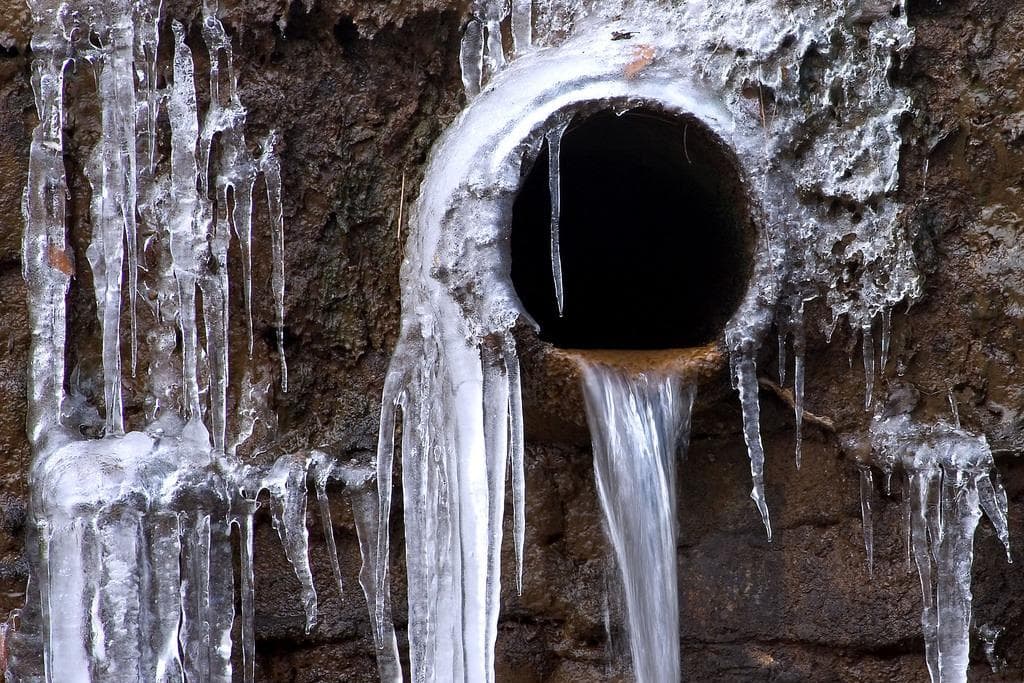Crucial Advice to Prevent Frozen Pipes in Winter
Crucial Advice to Prevent Frozen Pipes in Winter
Blog Article
The content on the next paragraphs involving Preventing and dealing with frozen pipes is incredibly attention-grabbing. Don't overlook it.

Cold weather can wreak havoc on your pipes, specifically by freezing pipelines. Right here's how to prevent it from happening and what to do if it does.
Intro
As temperature levels decrease, the danger of frozen pipes increases, possibly resulting in pricey fixings and water damage. Understanding just how to prevent frozen pipelines is important for property owners in chilly climates.
Recognizing Frozen Pipes
What causes pipes to freeze?
Pipes freeze when subjected to temperatures listed below 32 ° F (0 ° C) for expanded periods. As water inside the pipes ices up, it broadens, putting pressure on the pipeline wall surfaces and possibly causing them to break.
Threats and problems
Icy pipelines can bring about water supply interruptions, home damage, and pricey repair services. Burst pipelines can flood homes and trigger extensive structural damage.
Indicators of Frozen Water Lines
Determining icy pipes early can prevent them from breaking.
Just how to identify icy pipes
Look for lowered water flow from taps, uncommon smells or noises from pipes, and visible frost on exposed pipelines.
Prevention Tips
Protecting prone pipes
Wrap pipes in insulation sleeves or use warm tape to protect them from freezing temperatures. Concentrate on pipelines in unheated or external locations of the home.
Home heating methods
Maintain indoor spaces adequately warmed, specifically locations with pipes. Open closet doors to allow cozy air to circulate around pipelines under sinks.
Safeguarding Outside Plumbing
Yard tubes and outdoor taps
Disconnect and drain pipes garden hose pipes prior to winter months. Install frost-proof faucets or cover outside faucets with protected caps.
What to Do If Your Pipelines Freeze
Immediate actions to take
If you presume icy pipelines, maintain taps open to relieve stress as the ice thaws. Utilize a hairdryer or towels taken in hot water to thaw pipelines slowly.
Long-Term Solutions
Architectural adjustments
Think about rerouting pipes away from exterior walls or unheated areas. Add extra insulation to attics, basements, and crawl spaces.
Updating insulation
Invest in top quality insulation for pipes, attic rooms, and wall surfaces. Proper insulation assists keep consistent temperatures and minimizes the risk of icy pipes.
Verdict
Avoiding icy pipelines calls for proactive actions and quick actions. By comprehending the reasons, signs, and preventive measures, property owners can secure their pipes throughout winter.
5 Ways to Prevent Frozen Pipes
Drain Outdoor Faucets and Disconnect Hoses
First, close the shut-off valve that controls the flow of water in the pipe to your outdoor faucet. Then, head outside to disconnect and drain your hose and open the outdoor faucet to allow the water to completely drain out of the line. Turn off the faucet when done. Finally, head back to the shut-off valve and drain the remaining water inside the pipe into a bucket or container. Additionally, if you have a home irrigation system, you should consider hiring an expert to clear the system of water each year.
Insulate Pipes
One of the best and most cost-effective methods for preventing frozen water pipes is to wrap your pipes with insulation. This is especially important for areas in your home that aren’t exposed to heat, such as an attic. We suggest using foam sleeves, which can typically be found at your local hardware store.
Keep Heat Running at 65
Your pipes are located inside your walls, and the temperature there is much colder than the rest of the house. To prevent your pipes from freezing, The Insurance Information Institute suggests that you keep your home heated to at least 65 degrees, even when traveling. You may want to invest in smart devices that can keep an eye on the temperature in your home while you’re away.
Leave Water Dripping
Moving water — even a small trickle — can prevent ice from forming inside your pipes. When freezing temps are imminent, start a drip of water from all faucets that serve exposed pipes. Leaving a few faucets running will also help relieve pressure inside the pipes and help prevent a rupture if the water inside freezes.
Open Cupboard Doors
Warm your kitchen and bathroom pipes by opening cupboards and vanities. You should also leave your interior doors ajar to help warm air circulate evenly throughout your home.

As a devoted person who reads about 6 Ways to Prevent Frozen Pipes, I figured sharing that excerpt was a great idea. Sharing is good. Helping others is fun. Many thanks for being here. Kindly stop by our website back soon.
Request Estimate Report this page